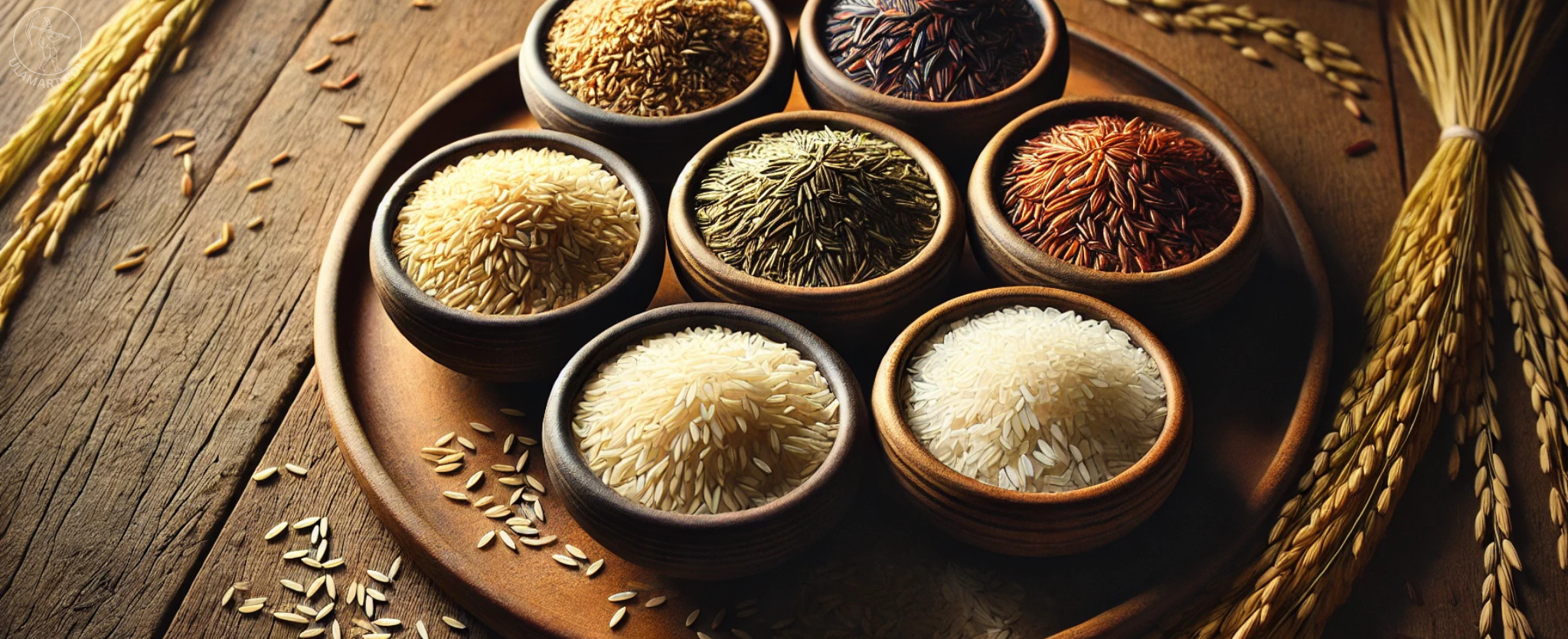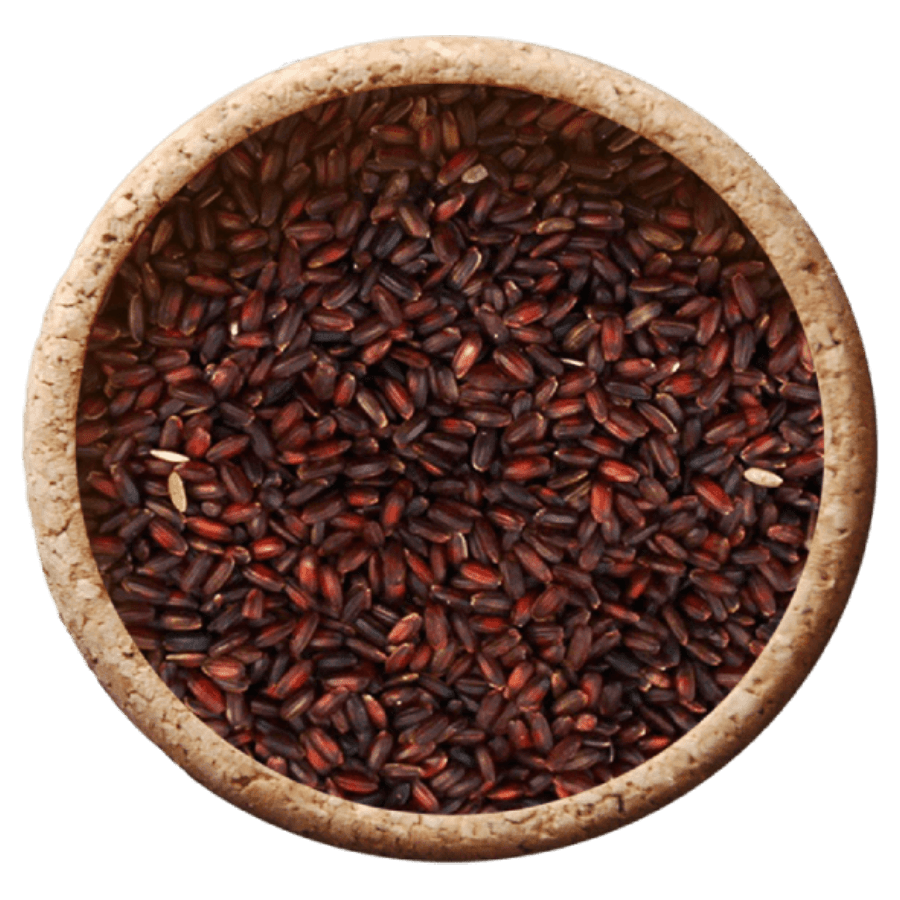Managing diabetes doesn’t mean giving up on delicious meals. Rice, a staple food for millions, often gets a bad reputation among diabetics due to its high carbohydrate content. But here’s the good news: with the right rice choices and portion control, you can enjoy rice without spiking your blood sugar levels. Let’s explore how!
1.Understanding Diabetes: A Condition, Not a Disease
2.Diabetes on the Rise: The Numbers You Need to Know
3.Rice and diabetes? Do they even go together?
4.Rice: Friend or Foe?
5.The Role of Traditional South Indian Rice Varieties
6.What About Unpolished White Rice?
7.Tips to Make Rice Even Healthier!
Understanding Diabetes: A Condition, Not a Disease
Diabetes is often misunderstood as a disease, but in reality, it is a metabolic condition that affects how the body processes sugar (glucose). Unlike infectious diseases that can be cured, diabetes is a long-term condition that requires management through lifestyle changes, including diet, exercise, and medication when necessary. With the right approach, people with diabetes can lead healthy and fulfilling lives.
Diabetes on the Rise: The Numbers You Need to Know
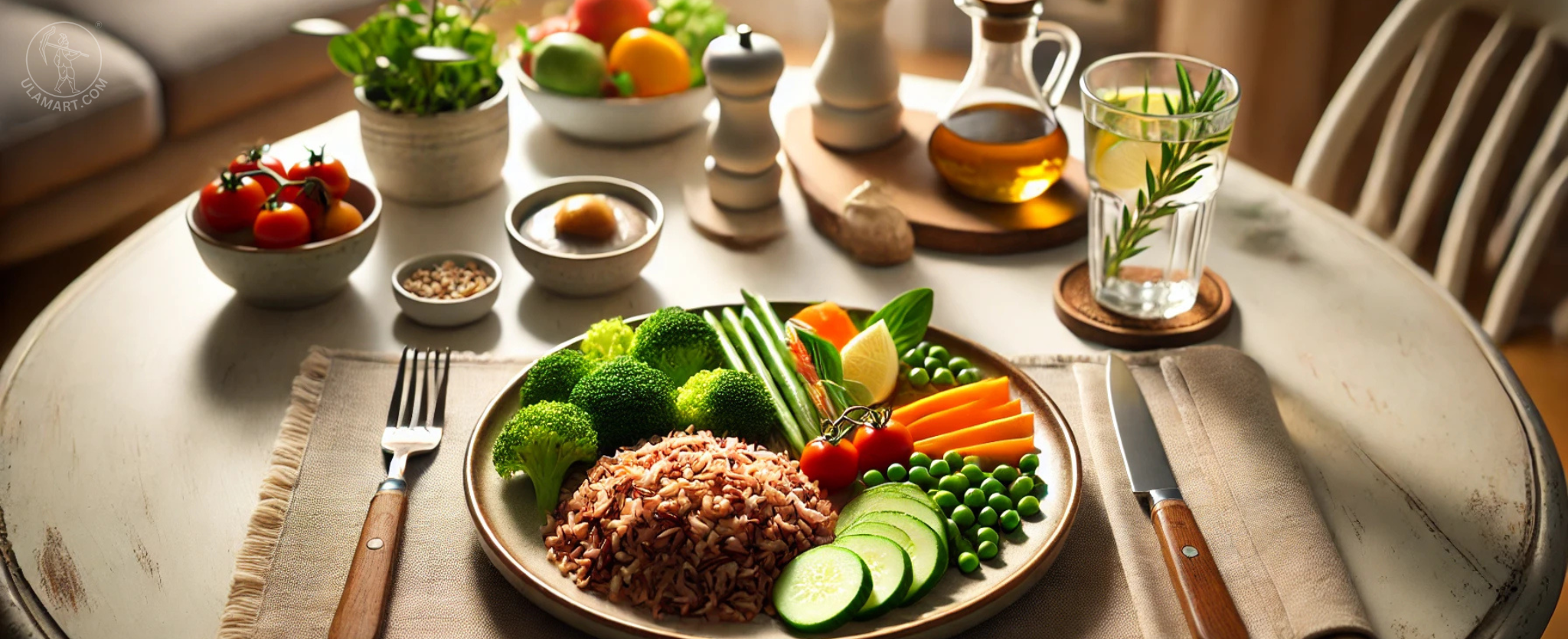
Diabetes is becoming a serious global health challenge, and the numbers tell a worrying story:
- As of 2021, more than 537 million adults (aged 20-79) worldwide were living with diabetes. And it’s not slowing down; the number is expected to rise to 643 million by 2030 (International Diabetes Federation).
- India has one of the highest diabetes rates, with over 77 million people affected.
But here’s the good news: Your diet can make a big difference. Research shows that eating more whole grains and fiber-rich foods can help keep blood sugar levels in check and support better overall health. Small changes in your daily meals can lead to a healthier future.
Rice and diabetes? Do they even go together?
That’s a question many people ask when trying to manage their blood sugar levels. For a long time, diabetics have been warned against eating rice. But what if I told you that you don’t have to say goodbye to rice forever? The key isn’t cutting it out, it’s choosing the right rice.
Rice: Friend or Foe?
Rice is warm, comforting, and pairs well with just about anything. It’s a staple in many South Indian households. But here’s the tricky part: regular polished white rice has a high glycemic index (GI), meaning it can spike blood sugar levels quickly. That’s why diabetics are often warned to steer clear of it.
But here’s the good news: not all rice is created equal. There are healthier rice options that don’t cause those dreaded sugar spikes. Instead of giving up rice, let’s simply swap it for better alternatives.
The Role of Traditional South Indian Rice Varieties
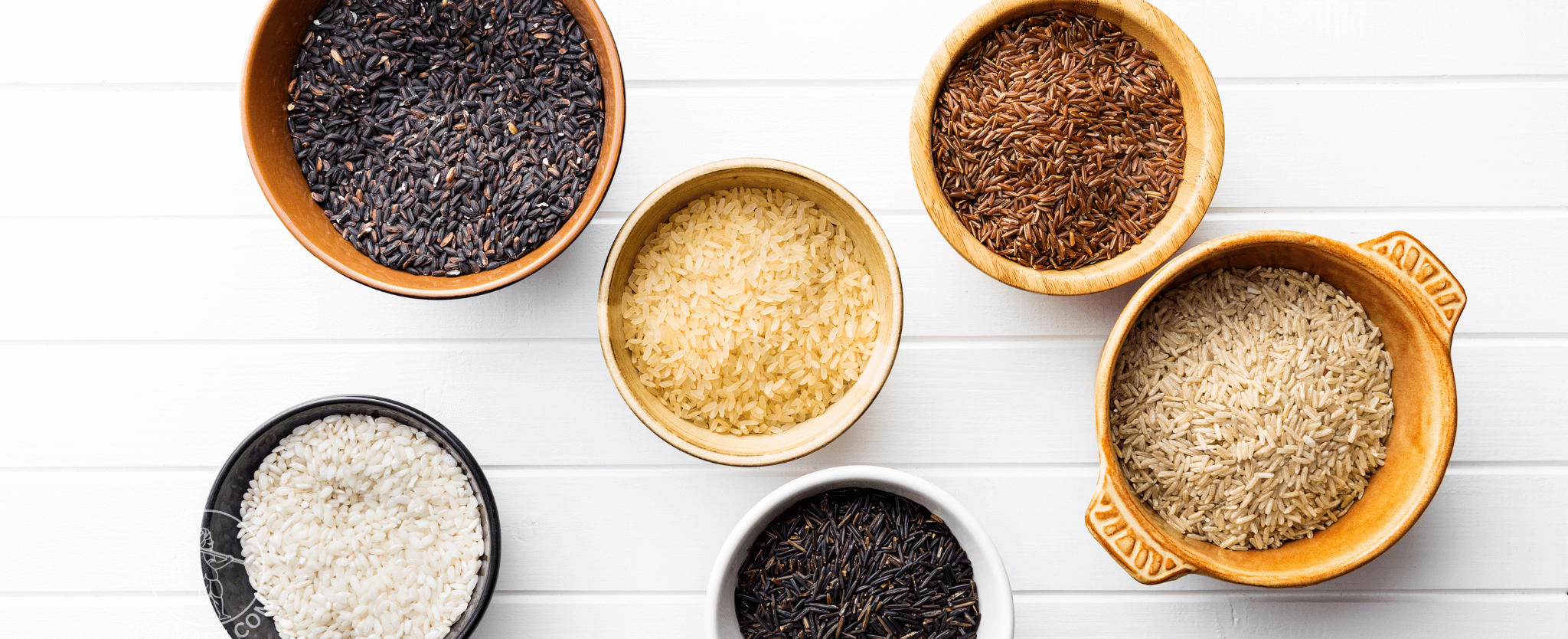
South India has a rich history of cultivating diverse rice varieties, many of which are not only flavorful but also nutritionally superior to modern polished white rice. Unlike polished white rice, these traditional grains offer a lower glycemic index (GI), making them a healthier choice for diabetics and health-conscious individuals alike.
So, which rice varieties can diabetics enjoy without worry? Here are some top picks:
- Kattuyanam Rice – The Diabetes-Friendly Grain
This ancient South Indian rice variety is known for its ability to keep blood sugar levels stable. It is rich in fiber, making digestion slower and reducing glucose spikes. Kattuyanam rice is also known for its resilience to floods and droughts, making it an eco-friendly choice. Additionally, it is packed with antioxidants and micronutrients that promote better heart health, making it an excellent choice for individuals managing both diabetes and cardiovascular concerns. Its high antioxidant content helps combat oxidative stress, which plays a significant role in cancer development. Regular consumption of antioxidant-rich grains like Kattuyanam rice may reduce the risk of certain cancers by neutralizing free radicals and supporting cellular health.
- Karuppu Kavuni Arisi – The Superfood
Also known as “forbidden rice”, black rice is packed with antioxidants, fiber, and protein. It has a naturally low GI and is great for boosting overall health. Plus, its deep purple hue makes any meal look stunning! Black rice is especially rich in anthocyanins, the same powerful antioxidants found in blueberries which help reduce inflammation and improve insulin sensitivity. It also contains essential amino acids, making it beneficial for muscle repair and overall well-being.
- Mapillai Samba – The Energy Booster
It’s called “Bridegroom Rice”, this variety is packed with iron, fiber, and essential minerals. It boosts stamina, making it a perfect choice for diabetics who want to stay active and energized. Traditionally given to warriors and newlywed men to enhance strength, this rice is known for its muscle-building properties. Its high fiber content also aids digestion, while its rich mineral profile supports bone health, making it an all-around nutritious option. The presence of phytonutrients and antioxidants in Mapillai Samba rice helps protect cells from damage, reducing the risk of chronic diseases, including cancer. The fiber in this rice also promotes gut health, which plays a crucial role in preventing colon cancer by aiding digestion and reducing inflammation in the digestive tract.

- Matta Rice – The Fiber Hero
Unlike white rice, Matta rice still has its brand and germ layers, making it rich in fiber. Fiber slows down digestion, preventing sudden blood sugar spikes. Plus, it keeps you full longer win-win. Matta rice is also loaded with essential nutrients like calcium, magnesium and iron which support overall metabolic health. Incorporating matta rice into your diet can help improve gut health and reduce the risk of heart disease, which is a common concern for diabetics.
- Sivappu Kavuni Arisi – The Healthy Choice
Another whole grain option, Red rice (Sigappu kavuni) is packed with fiber, minerals, and antioxidants, all of which help regulate blood sugar levels. Red rice is also a great source of iron, which supports healthy blood circulation and prevents anemia. The presence of anthocyanins and flavonoids further boosts its anti-inflammatory properties, helping reduce the risk of diabetes-related complications. Its slightly nutty flavor and chewy texture make it a delicious and satisfying addition to any meal.
Apart from these, there are several other brown rice varieties available that are beneficial for diabetics. Options like Navara, Kudavazhai, Arubathaam kuruvai, Karun kuruvai, Soorakuruvai and Hand-Pounded Rice are excellent choices. These traditional rice varieties retain their fiber and essential nutrients, making them a healthier alternative to regular white rice.
It’s not just about eating rice, you can also enjoy its flour in a variety of delicious recipes. Brown rice flour (Mappillai Samba flour) and red rice flour (poongar rice flour) can be used to make traditional dishes like puttu, idiyappam and kozhukkatta, offering both taste and health benefits. These whole-grain flours are packed with nutrients and help keep blood sugar levels stable.
If you enjoy a warm and comforting meal, porridge is a great choice. Porridges as Black rice and Mapillai Samba is packed with antioxidants and fiber, making it a nutritious option. You can also try barnyard millet porridge or red rice porridge for a wholesome and energizing start to your day. With so many choices, eating healthy never has to be boring.
What About Unpolished White Rice?
If you prefer the taste of white rice but want a healthier version, unpolished varieties like Thooyamalli, Kichili Samba, Seeraga Samba, Thanga Samba, and Garudan Samba are excellent options. Unlike regular polished white rice, these varieties retain more fiber, essential vitamins, minerals, and antioxidants, making them a better choice for diabetics. They also have a lower glycemic index, meaning they release glucose more slowly, preventing sudden blood sugar spikes. Additionally, their unique aroma, texture, and nutritional benefits make them a flavorful and wholesome alternative to refined white rice. Switching to these traditional rice varieties allows you to enjoy the familiar taste of white rice while better managing your blood sugar levels.
Tips to Make Rice Even Healthier!
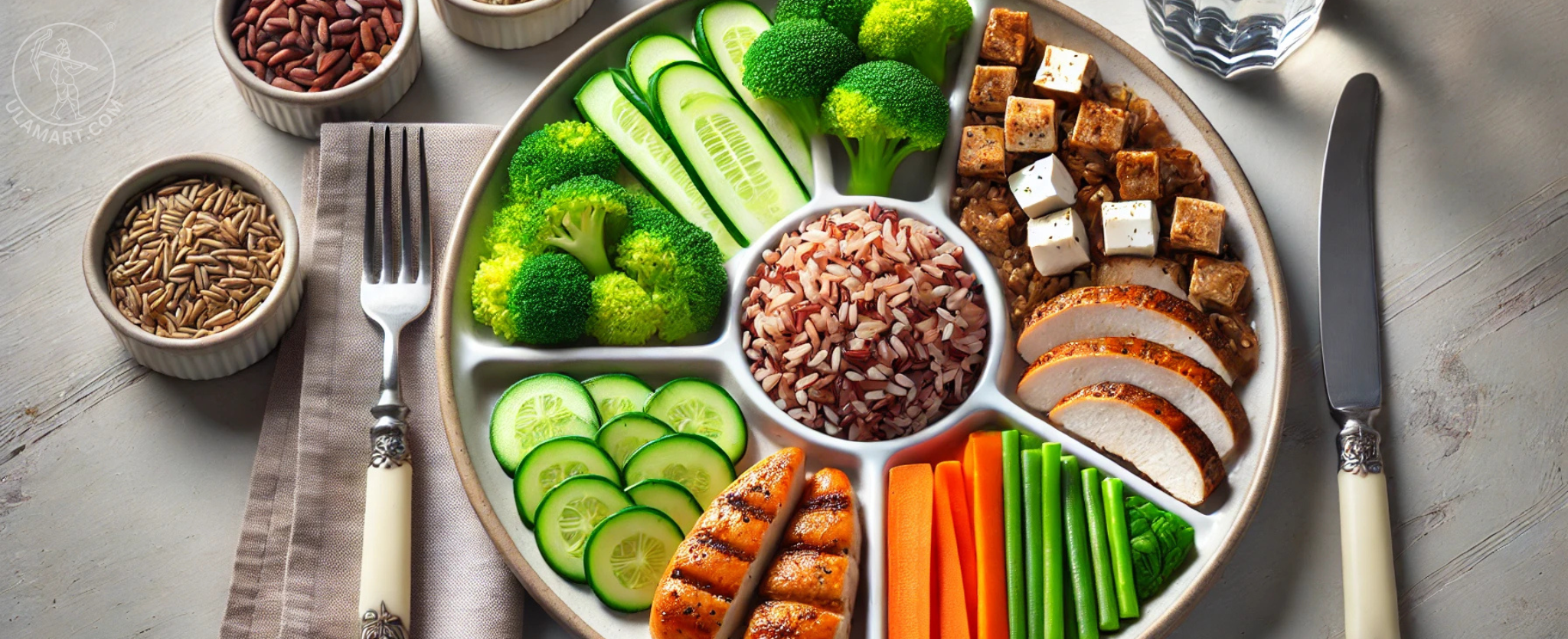
Even with the right rice, portion control is key. Here are some simple tricks to keep blood sugar levels in check:
- Pair rice with protein – Adding chicken, fish, tofu, or lentils helps slow down sugar absorption.
- Add healthy fats – A drizzle of olive oil, ghee, fresh coconut, some nuts, or avocado can further balance blood sugar levels.
- Mix with veggies – Bulk up your plate with fiber-rich vegetables to reduce overall rice in take.
- Cook and cool rice – Cooking rice and letting it cool for a few hours before eating can increase resistant starch, which helps regulate blood sugar.
Living with diabetes doesn’t mean giving up the foods you love it means making smarter choices. By swapping regular white rice for healthier alternatives, you can still enjoy your favorite dishes without compromising your health. So go ahead, fill your plate with the right rice, and enjoy life’s simple pleasure because with the right rice, life’s truly nice for diabetics.



